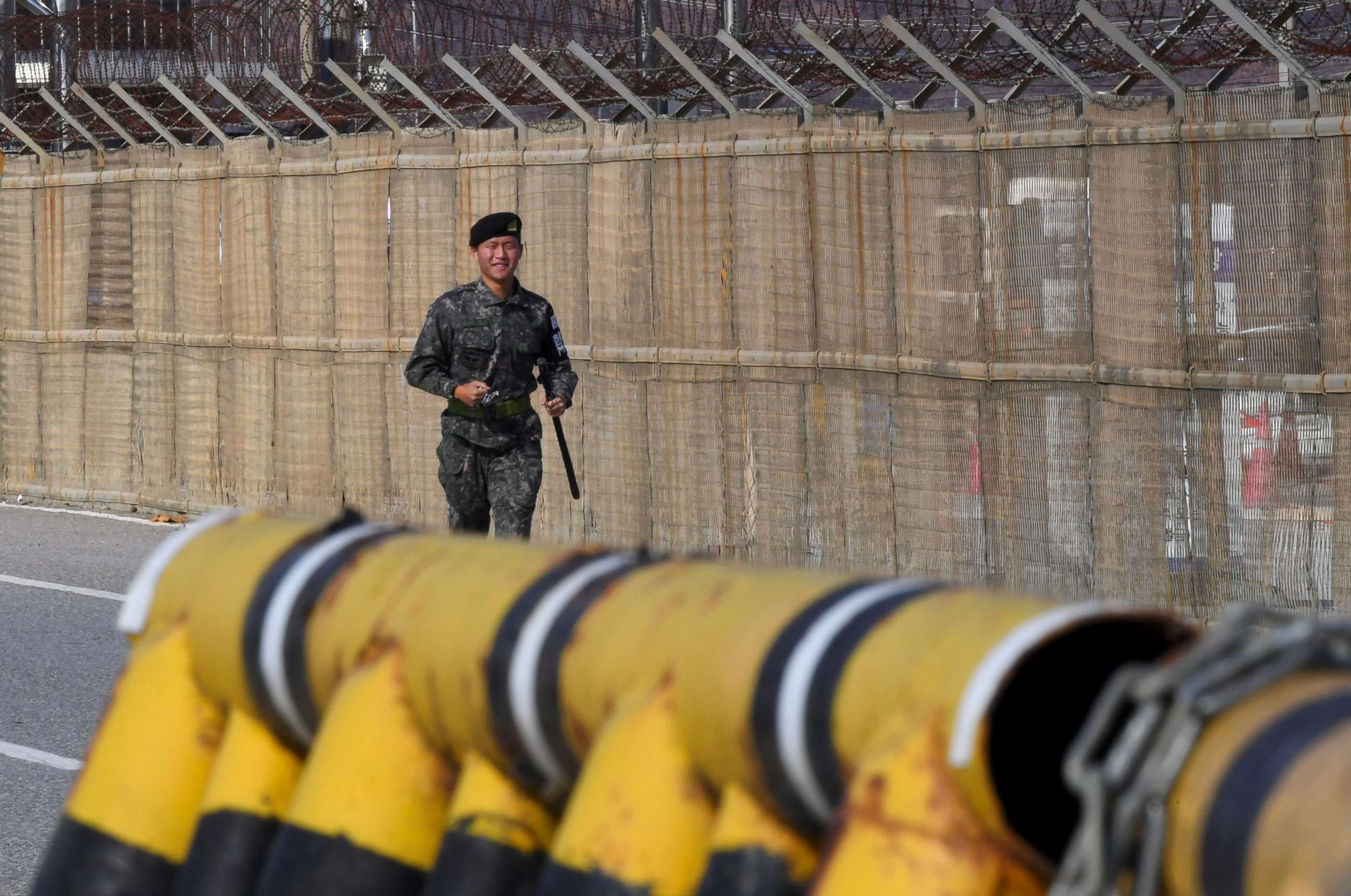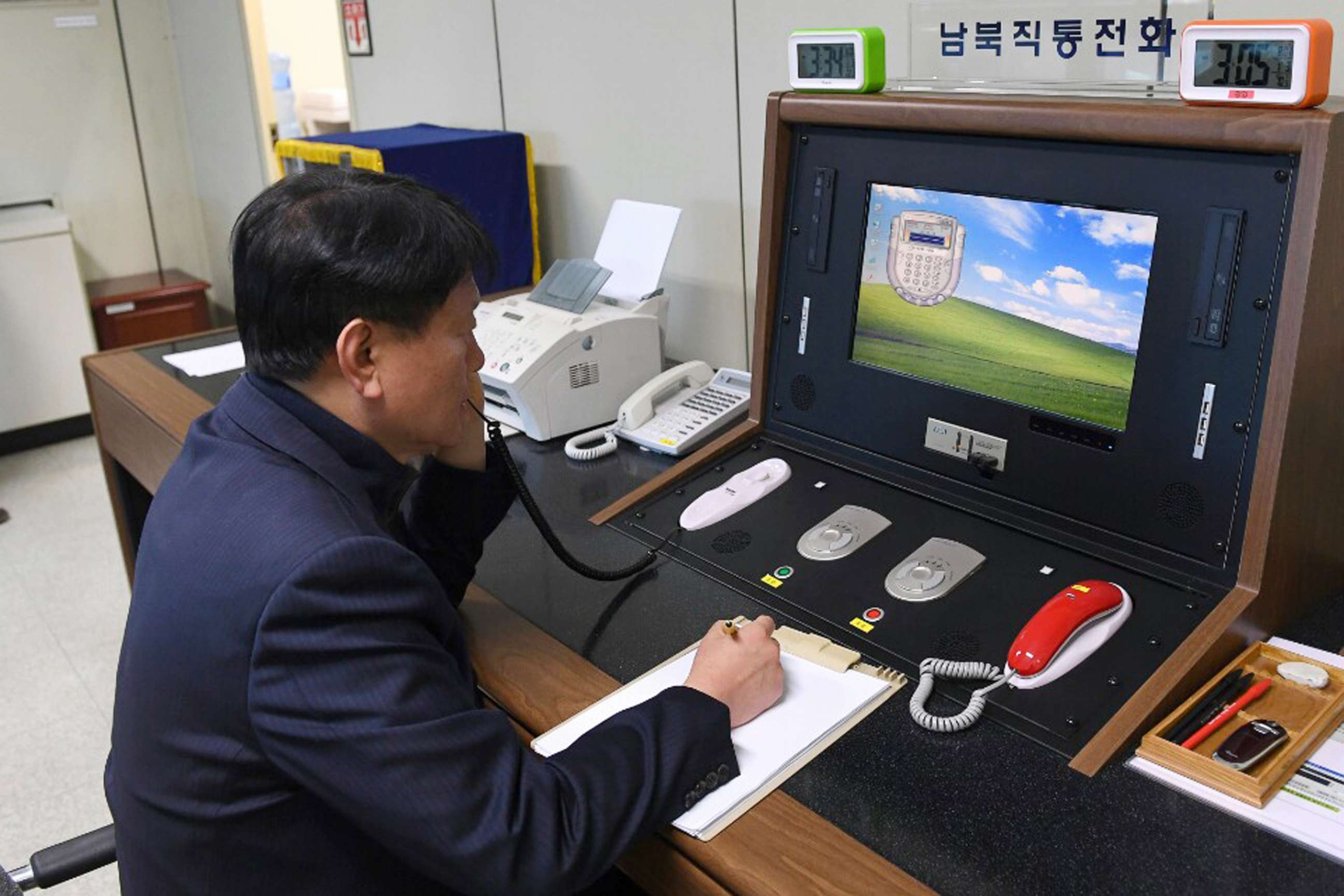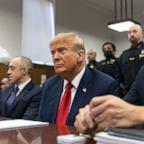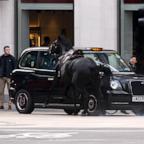Inside the 'Truce Village' between North and South Korea
North and South Korean officials will meet at Panmunjom to discuss Olympics.
SEOUL, South Korea — -- It is the place where North meets South, where two technically still-warring countries meet face-to-face to both protect their borders and, hopefully, build better cooperation and communication: the small "Truce Village" of Panmunjom, the heart of the Demilitarized Zone (DMZ) between North Korea and South Korea.
In this village, a relic of the Cold War that still looks much as it did in the 1950s, officials from the two countries met to discuss the potential participation of the North in the Winter Olympics, to be held in the South Korean city of Pyeongchang in early February -- an important opportunity for cooperation between countries with increasingly tense relations.
Although the threat of nuclear war has seemingly increased over the past year, North Korea and South Korea are still technically at war. Despite the Korean War hostilities ending in 1953, the conflict has never officially been declared over. An armistice signed at Panmunjom in 1953 brought peace between the two countries, and continues to keep the two sides at bay.
After World War II, North and South Korea were divided at the 38th parallel, or line of latitude, creating a de facto international border. The roughly 2.5-mile wide Demilitarized Zone was created as a buffer between the countries in 1953, following the Korean War. Both sides are heavily fortified. About 70 percent of North Korea's ground forces are stationed along the border, with half of its naval and air forces within 60 miles of the DMZ. There are also 14,000 tubes of artillery that could rain down shells on Seoul if conflict broke out, with 26 million people caught in the crosshairs.
The 155-mile long border has been the site of multiple clashes over the years, including at Panmunjom, where in 1976 two U.S. Army officers sent out to clear some trees and create a better view of the North were attacked by two Koreans and killed with their own axes. Just this past year, a North Korean defector ran across the border and through Panmunjom, drawing gunfire from both sides. He was later found to be suffering with a parasitic infection, with inches-long worms in his digestive system.
In Seoul, a major metropolis, nuclear tensions are not readily apparent. But traveling north towards the DMZ, as fortifications come into sight along the country road, the threat becomes more real.

On the North Korean side of the border, observation decks offer visitors a view of propaganda villages, series of buildings meant to look inviting and attractive. In reality, they are mere facades. Speakers on the North Korean side blare propaganda; South Korean speakers echo back often with the upbeat sounds of K-pop music, a jarring contrast.
The heart of Panmunjom is the Joint Security Area, which is overseen jointly by the United Nations Command, South Korea and North Korea. At the center is a series of squat blue buildings, maintained by the United Nations. Just feet away are corresponding buildings belonging to the North Koreans.
American and South Korean troops stand eye-to-eye with North Korean forces, usually wearing reflective, aviator-style sunglasses. With grim expressions they march back and forth or stand at attention all day long. A cement slab on the ground between the buildings serves as the border that troops and visitors do not cross.
Inside one building, the United Nations Command Military Armistice Commission building, is a conference table, divided in half equally to demarcate the North and South Korean sides. At this table, meetings have been conducted on topics ranging from peacekeeping to table tennis competitions. Now, on Tuesday, talks about North Korean participation in the Olympics will be held at this table.

Connecting the two sides of the Joint Security Area are a few hotlines that North and South Korea can use to communicate. For the past two years, South Korea has picked up a phone on their end and called North Korea everyday, receiving no answer. But finally, last week, a reply: a willingness to engage in talks.
A small step, but an auspicious one in this tense and sober truce village.




